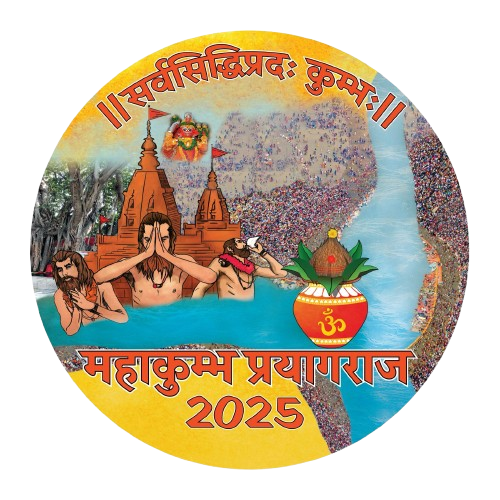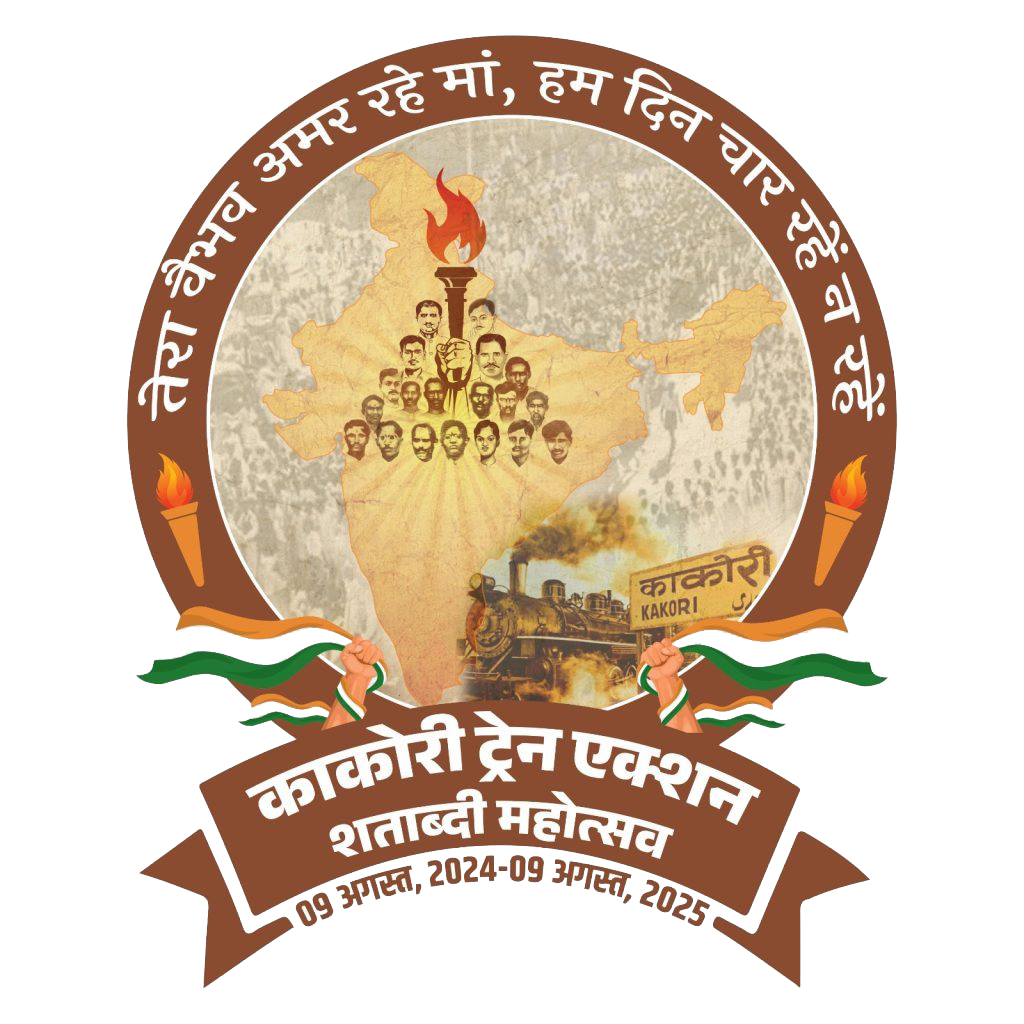Introduction
When Prayag was taken over by the British, Marquess Wellesley was the Governor-General of India on behalf of the East India Company. In Akbar’s time, Allahabad had 10 governments (districts) and 177 Parganas (As a revenue unit, a pargana consisted of several mouzas, which are the smallest revenue units, consisting of one or more villages and the surrounding countryside) But in November, 1801, when this province was given to the British, there were only 5 governments in it, with total of 26 Parganas. Those 5 governments were – Allahabad, Kara, Manikpur, Bhatghora (Bara) and Koda. At that time Fatehpur-Hanswa was also a part of Allahabad, but Pargana Kiwai was separate. In 1816, Pargana Kiwai from Awadh was included in the district of Prayag; and in 1825, the government made a separate district “”Fatehpur”” by taking Kada and Koda and some old Parganas. Since then fourteen Parganas are left in this district which are there till now.
To facilitate the work of revenue and general administration, at the time of the commencement of the first regular Settlement in 1840, the district of Allahabad was divided into 9 Tehsils consisting of 14 Parganas. Out of the 9 Tehsils, the Tehsil of Bara—which comprised a Pargana of the same name, was merged in Tahsil Karchhana with the Pargana of Arail. The only change that happened in the remaining tehsils was that Tehsil Manjhanpur remained in ‘Paschim Sarira’ till about 1843 and Tehsil Sirathu remained in Daranagar till 1865.
According to the provisions of the Criminal Procedure Code (1898) and the U.P. Land Revenue Act (1901), each of these 8 Tehsils was conterminous with a subdivision of the same name. There were 8 subdivisions which formed — the administrative units of the district for its revenue and criminal work. Except for Tahsil Chail, which had its headquarters at Allahabad, each of the others had its offices at its own Tehsil headquarters. From 1841 to 1862, the boundaries of the district changed so much that some villages were annexed from Pargana Kara to Fatehpur and from Khairagarh to the district of Mirzapur.
In 1834, Allahabad was declared the seat of the government of the State (then ‘termed the North-Western Provinces), but the capital was shifted to Agra in 1836. It was retransferred to Allahabad in February, 1858. When Avadh was amalgamated with the province in 1877, the seat of the chief executive authority in Avadh was also transferred from Lucknow to Allahabad. Thus Allahabad had been the de jure capital of the state for nearly a hundred and thirty years, although in 1921 all important government offices including the secretariat and the legislative wings were transferred to Lucknow.
During that time, the districts that formed part of the Allahabad Division consisted of Etawah, Kanpur, Fatehpur and Farrukhabad. For the execution of general administration the division had was placed under a Commissioner, with headquarters in Allahabad. Six districts became a part of it, but after the formation of Kanpur division in 1988, Kanpur, Etawa and Farrukhabad districts were carved out of Allahabad Division. As a result, only Allahabad Fatehpur and Pratapgarh were left in Allahabad division. In the year 1999-2000, Kaushambi was carved out of the western part of Allahabad. Thus, at present, 4 districts are a part of Allahabad/Prayagraj division.
According to historical records, the office of the Divisional Commissioner was established in March 1829 and Mr. Robert Barlow became its First Commissioner. However, the names of Divisional Commissioners who held the post before 1927 are not available.
Spread across 7.225 acres of land, the Divisional Commissioner’s residence, at one point in time, was the highest point of the city, from where the river Ganges was visible. It was designed and constructed by Mr. Chapman in 1893. As per government records the main Araji Number of the residence is 96. In Araji number 97 and 98, the commissioner’s residence is registered as Abadi Bangla, located in village Shadiabad, Pargana Uphar, Tehsil Sadar, District Allahabad (now Prayagraj).
Divisional Commissioner is the connecting link between the government and the districts placed under him and exercises general administration over all those districts. The general administration of the district is vested in the district officer who was designated Collector and District magistrate. He commands both magisterial and executive powers and is the nucleus of all governmental activities in the district. As collector, he is the chief officer of the revenue administration and is responsible for the collection of revenue and all dues recoverable as arrears of land revenue. He also maintains the land records and keeps them updated apart from doing other things. The first collector of Allahabad was Mr. A. Ahmuti, in whose name ‘Muttiganj’ locality is settled.
Allahabad was renamed to Prayagraj via Government Gazette No. 1574/1-5-2018-72-2017 (337 KB) on October 18, 2018.
Mythological Significance
Prayagraj Division also has mythological significance. The divisional headquarter is situated between the two major rivers of the state, Ganga and Yamuna and is considered to be one of the most sacred lands for Hinduism. The city of Prayagraj is also part of the ancient triangular circuit that included Kashi, Awadhpuri, (Ayodhya) and Teerthraj Prayag. Out of the 4 districts that are part of this division, Pratapgarh is in the north while Kaushambi and Fatehpur in the west.
Geographical Boundaries
The division borders Faizabad division in the north, Vindhyachal division in the east, Kanpur division in the west and Rewa district of Madhya Pradesh in the south. According to the 2011 census, the geographical area of the division is 15131 sq. km, around 6.3 percent of the total area of the state. The largest district in the division in terms of area is Prayagraj, (5482.0 sq. km.), while Kaushambi is has the smallest geographical area (1780.0 sq. km). Pratapgarh has an area of 3717.0 sq. km while Fatehpur is spread across 4152.0 sq km.
Rivers/ Mountains
Ganga and Yamuna are the main rivers of the division, but apart from these, Sai river flows through Pratapgarh, Sasur Khaderi through Fatehpur and Kaushambi and Tons through Prayagraj. There are no hills in Fatehpur, Kaushambi and Pratapgarh, but a part of Vindhyachal range is present in Tehsil Bara and Meja of Prayagraj district.
Weather/Climate & Soil Type
The climate of the division is temperate. Due to the proximity to Bundelkhand, Prayagraj and Kaushambi generally experience more heat and the situation is almost similar in other districts. According to the information received from the Meteorological Centers, in the year 2016-17, the highest temperature of the division was 48 degree centigrade and the minimum temperature was 3.7 degree centigrade.
Due to lack of normal rainfall in all the districts of the division, some district face drought while others face floods. According to the data received from the Meteorological Center, the normal rainfall of Prayagraj division in the year 2018 was 807.00 mm and the actual rainfall was 661.7 mm. The highest rainfall in the year 2018 was 1181.0 mm in Prayagraj, while normal rainfall in Fatehpur was 365.0 mm. The maximum actual rainfall Pratapgarh district was 782 mm, while the minimum actual rainfall of Fatehpur district was 503.5 mm.
The soil in Prayagraj is mainly Domat, sandy, black Domat and stony. However, in northern part of Fatehpur, it is loamy and sandy. In Pratapgarh, it is Matiyar and sandy while in Kaushambi, it is sandy.



